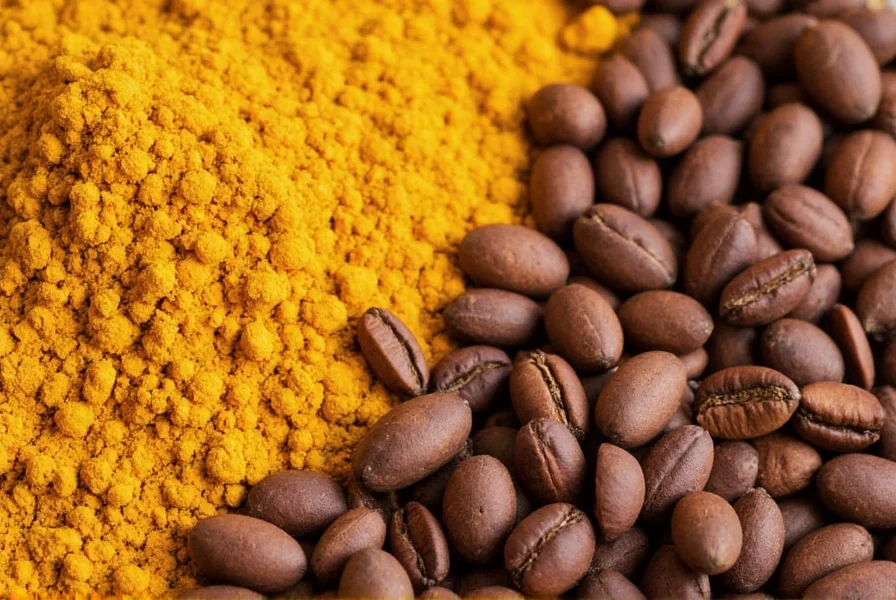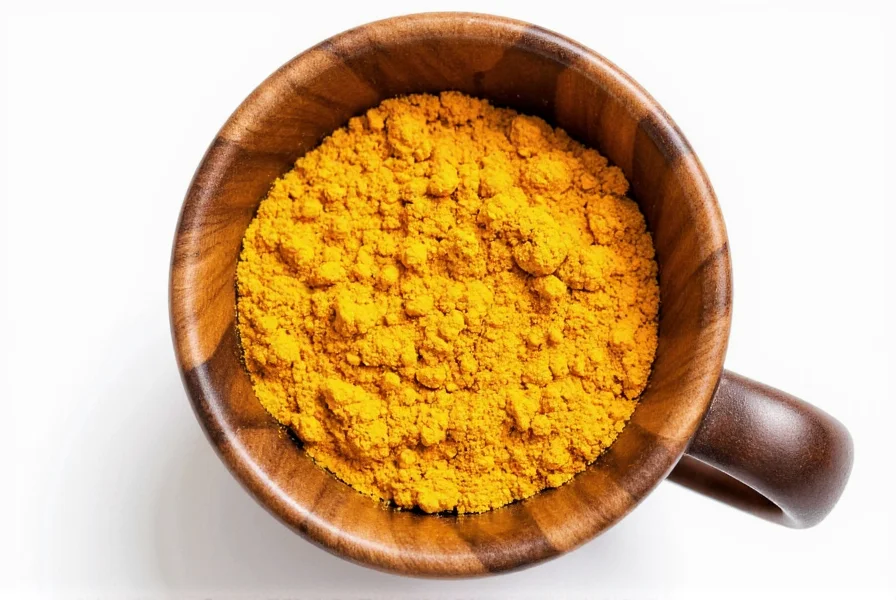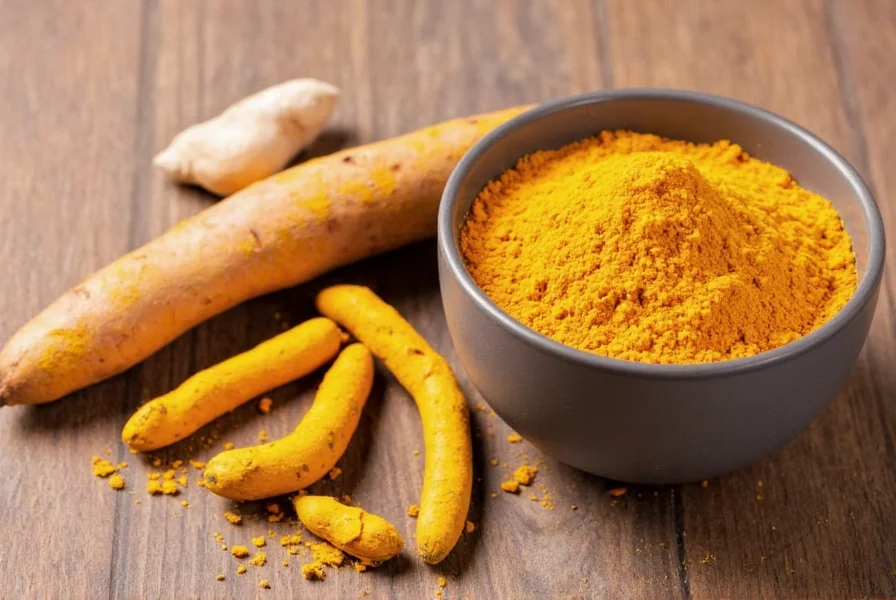Golden coffee has surged in popularity as health-conscious consumers seek functional beverages that deliver more than just caffeine. This vibrant yellow-tinted drink combines two powerful ingredients with impressive individual health profiles. Understanding how to properly prepare and consume turmeric coffee can help you maximize potential benefits while avoiding common pitfalls.
The Science Behind Turmeric's Active Compound
Curcumin, turmeric's primary bioactive component, demonstrates potent anti-inflammatory and antioxidant properties in numerous studies. However, its notoriously poor bioavailability presents a significant challenge. Research shows that curcumin's absorption increases dramatically when consumed with fats and black pepper (which contains piperine). This explains why traditional preparations often include these elements.
Coffee naturally contains healthy fats when prepared with whole milk or when adding healthy oils, creating an ideal environment for curcumin absorption. The polyphenols in coffee may also work synergistically with curcumin's compounds, potentially enhancing their collective antioxidant effects.
Optimizing Your Turmeric Coffee Preparation
Simply stirring turmeric powder into black coffee won't deliver maximum benefits. The key to effective turmeric coffee lies in proper formulation that addresses curcumin's bioavailability challenges. Here's what matters most:
| Preparation Method | Curcumin Absorption | Taste Profile | Recommended Ratio |
|---|---|---|---|
| Pure turmeric in black coffee | Low (5-10%) | Bitter, earthy | 1/4 tsp per 8oz |
| With coconut oil/MCT oil | High (15-20x) | Creamy, mild | 1/4 tsp turmeric + 1 tsp oil |
| With whole milk/creamer | Moderate (5-7x) | Smooth, rich | 1/4 tsp turmeric + 2oz milk |
| With black pepper added | Very High (20x+) | Peppery note | Pinch of pepper + 1/4 tsp turmeric |
For optimal results, add a quarter to half teaspoon of high-quality turmeric powder to your coffee along with a healthy fat source and a pinch of black pepper. Blend thoroughly to ensure proper emulsification. Freshly ground turmeric root offers even better bioavailability but requires more preparation.

Evidence-Based Health Considerations
While research specifically on turmeric coffee remains limited, studies on the individual components provide valuable insights. A 2022 review in Nutrients highlighted curcumin's potential role in reducing inflammation markers, while coffee consumption has been associated with lower risk of several chronic conditions according to research published in Annual Review of Nutrition.
The combination may offer particular benefits for:
- Inflammation management - Both ingredients demonstrate anti-inflammatory properties through different mechanisms
- Antioxidant protection - Complementary antioxidant profiles may provide broader cellular protection
- Cognitive support - Preliminary research suggests potential neuroprotective effects from both compounds
However, it's crucial to maintain realistic expectations. Turmeric coffee shouldn't be viewed as a miracle cure but rather as one component of a balanced wellness routine. The concentration of curcumin in typical preparations remains relatively low compared to therapeutic doses used in clinical studies.
Practical Consumption Guidelines
Timing matters when incorporating turmeric coffee into your routine. Consuming it in the morning may provide sustained anti-inflammatory benefits throughout the day, but avoid drinking it too late as the caffeine content could disrupt sleep. Those with gastrointestinal sensitivity should consider consuming it with food to prevent potential stomach upset.
Certain populations should exercise caution:
- Individuals on blood thinners should consult their physician due to turmeric's mild anticoagulant properties
- People with gallbladder issues may need to limit turmeric intake
- Those sensitive to caffeine should monitor their total daily intake

Maximizing Your Turmeric Coffee Experience
Quality ingredients make a significant difference in both effectiveness and enjoyment. Choose organic, third-party tested turmeric powder to ensure purity and potency. Freshly ground whole turmeric root offers superior bioavailability but requires more preparation. When selecting coffee, opt for high-quality, medium roast beans which maintain optimal antioxidant levels.
For enhanced flavor and additional health benefits, consider adding complementary ingredients:
- Cinnamon for blood sugar regulation
- Ginger for digestive support
- Honey or maple syrup for natural sweetness (in moderation)
Remember that consistency matters more than perfection. Regular consumption of properly prepared turmeric coffee as part of an overall healthy lifestyle shows more promise than occasional 'superfood' indulgences.











 浙公网安备
33010002000092号
浙公网安备
33010002000092号 浙B2-20120091-4
浙B2-20120091-4